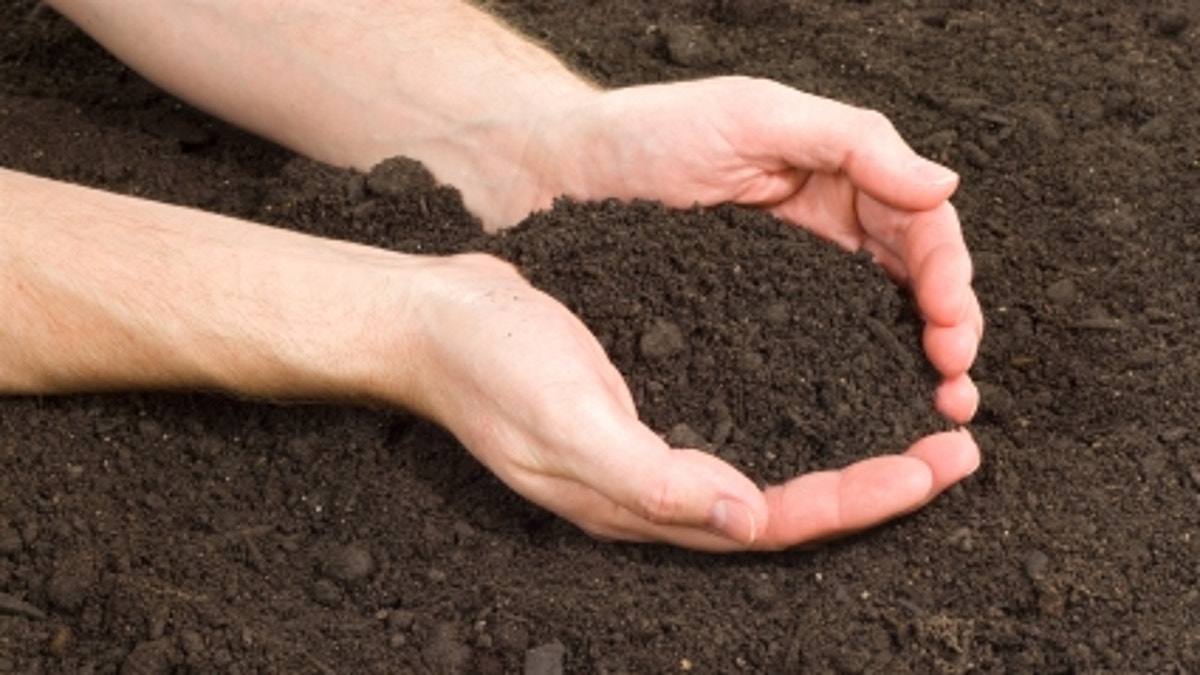
(iStock)
If you crave a snack of dirt and clay, you may be pregnant. New research shows that eating dirt, also called geophagy, is most common during the early stages of pregnancy and in young children, where the clay has a soothing effect on the stomach and can protect the individual from viruses and bacteria.
"This clay can either bind to harmful things, like microbes, pathogens and viruses, that we are eating or can make a barrier, like a mud mask for our gut," said study researcher Sera Young, at Cornell University in Ithaca, N.Y. "Contextualizing this, making it clear to people that its not such a weird behavior, will help women come forth and not feel so alone."
The practice is most common in warm, tropical areas, though it has been found all over the world, including in the United States. Most people with dirt cravings don't readily admit it, though. Several hypotheses have been put forth to understand why some people eat dirt, though there is no consensus.
Yummy dirt
Some have called geophagy and it's related behavior, pica (basically eating any non-food item, like ice or chalk), a "gustatory mistake," just an odd craving with no medical or other scientific basis. The presence of dirt-eating in primates and other mammals would seem to contradict this theory, Young said, since animals are solely focused on their survival and such a habit wouldn't endure without a reason.
Researchers have hypothesized that it could also be linked to malnutrition and anemia, though patients taking iron and mineral supplements don't report decreased dirt cravings. A third theory is that the clay helps form a protective barrier in the stomach and is a way to clean out the digestive tract.
To test out these theories, the researchers analyzed historical and anthropological literature for accounts of geophagy from around the world. They entered each of these accounts into a database and searched for similarities between the examples.
Here are some from different studies around the world, though often women are hesitant to admit their desire to eat dirt and the results are complicated by trimester:
In Tanzania and other areas of Africa rates of dirt eating have been reported anywhere from 30 to 60 percent of pregnant or recently pregnant women.
In drier places, like Denmark, a nationally representative sample showed about 0.01 percent prevalence in pregnant women.
At several sites in the US, the prevalence of any pica (including ice, starch, ash or dirt) varies between 20 and 40 percent. In 11 counties in southern Mississippi, USA, about 38 percent of low income pregnant women at a clinic had cravings for dirt.
The dirty truth
What they found enabled them to rule out several of the other hypotheses and provided evidence for clay as an important protective factor."We found that it was pregnant women and young children who are eating clay, those who are the most vulnerable to infectious diseases," Young said. "It was occurring where the pathogen density was higher, in warm, moist climates."
In studies on rabbits and rats, researchers found that clay in the intestines can act as a barrier, stopping the entrance of viruses and bacteria. It has also been shown that it can help increase nutrient absorption, which is important during early pregnancy and the childhood years for growth.
That isn't actually a new idea: Clay has been used as a stomach soother, including in the antidiarrheal medicine Kaopectate, whose name comes from the clay kaolinite. The drug's manufacturers stopped using the clay in the medicine because of contamination issues with lead.
The study was published June 1 in the journal The Quarterly Review of Biology. It follows on the heels of her new book, "Craving Earth: Understanding Pica — the Urge to Eat Clay, Starch, Ice, and Chalk" (Columbia University Press, March 2011).
* 7 Devastating Infectious Diseases
* The 10 Most Diabolical and Disgusting Parasites
* Top 10 Mysterious Diseases
